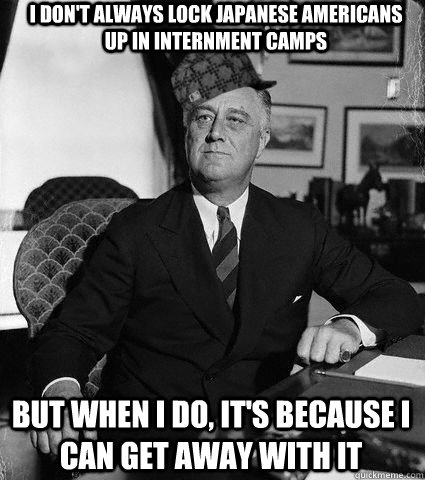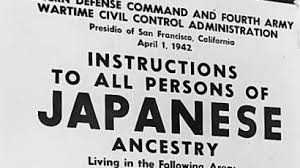When it comes to the First Amendment, in Trump v. Hawaii 2018, President Donald Trump did not violate the Establishment Clause when he implemented a travel ban on Muslims entering the USA in the interest of national security.

Here’s the facts of Trump v. Hawaii. To start, President Trump issues an Executive Order No. 13, 769 (order 1) on January 27, 2017th. The order said foreign nations from seven countries are denied entry into the US due to heightened terrorist risks. Later, Hawaii and various states challenged this order in federal district court, which resulted in a temporary restraining order in regards to various provisions. After, the government issued a new order since they didn’t bother to repeal order 1, which was successfully challenged in courts.
However, later, President Trump issues Executive Order No. 13, 780 (order 2) on March 6, 2017th. This order focused on needed time to establish adequate standards to prevent infiltration by foreign terrorists into the US. Basically, in this order, Section 6( b) said to suspend the States Refugee Admissions Program (USRAP) for 120 days.
Finally, President Trump issues a Proclamation restricting travel to the US by citizen from 8 countries on the expiry date of order 2. This proclamation was later challenged in federal court on grounds that the president lacked this power according to the Constitution. The Ninth Circuit struck down the Proclamation, but the Supreme Court granted certiorari.
There are four questions before the Supreme Court. First, can the plaintiffs challenge the president’s Proclamation, and is the challenge justiciable in federal court? Second, does the President have authority from Congress, via a statute, to issue the Proclamation? Third, does the global injunction go overboard? Finally, did the President violate the Establishment Clause?
Now, here’s the holding of Trump v. Hawaii. Basically, the President’s order did not violate the Establishment Clause. Also, deference must be given to the Executive branch in regards to foreign policy matters and the exclusion of aliens.
Interestingly, giving the majority opinion for the court, Chief John Roberts talked about Korematsu v. United States. Chief Justice John Roberts stated: “The dissent’s reference to Korematsu, however, affords this Court the opportunity to make express what is already obvious: Korematsu was gravely wrong the day it was decided, has been overruled in the court of history, and—to be clear—’has no place in law under the Constitution'” (citing Justice Robert H. Jackson’s dissent from Korematsu).” Here, the Chief Justice overrules Korematsu v. United States, which was a case where Japanese Americans were placed in detention camp during World War 2.
in the dissent opinion, Justice Sonia Sotomayor, joined by Justice Ruth Bader Ginsburg, had some harsh words for the majority. Justice Sotomayor stated: “The United States of America is a Nation built upon the promise of religious liberty. Our Founders honored that core promise by embedding the principle of religious neutrality in the First Amendment. The Court’s decision today fails to safeguard that fundamental principle. It leaves undisturbed a policy first advertised openly and unequivocally as a ‘total and complete shutdown of Muslims entering the United States’ because the policy now masquerades behind a façade of national-security concerns.” Justice Sonia Sotomayor sees national security as taking precedent over freedom of religion as guaranteed in the First Amendment of the US Constitution bill of rights.
In regards to history, Trump v. Hawaii is interesting. This case overruled the infamous case Korematsu v. United, which Justice Murphy called “the abyss of racism”. Also, the Chief Justice went on record and said Korematu was wrongly decided. Indeed, Trump v. Hawaii got a lot of attention.
That being said, President Trump won this case. In the past, he acknowledged that under past case law, he could ban or even place foreign nationals in detention camps. This case was a victory for President Trump.
Lastly, this case was narrowly decided. The case came down to 5 votes for President Trump. Also, there were 4 votes against President Trump. However, with the composition of the Supreme Court changing with the addition of Justice Brett Kavanaugh, this precedent remains to be seen if it can stand the test of time.
In brief, Trump v. Hawaii had some interesting points. First, President Trump did not violate the Establishment Clause. Second, given this decision, the First Amendment was upheld with the banning of certain Muslim countries in the interest of national security. Finally, while overturning Kormatsu, the case was said to actually support the underlying logic of Korematsu by banning Muslims from the US via a travel ban. This case was seen as a victory over the Korematsu decision; yet, at the same time, this case is seen as affirming the racial animus of the Korematsu decision by certain wings of the Supreme Court.
